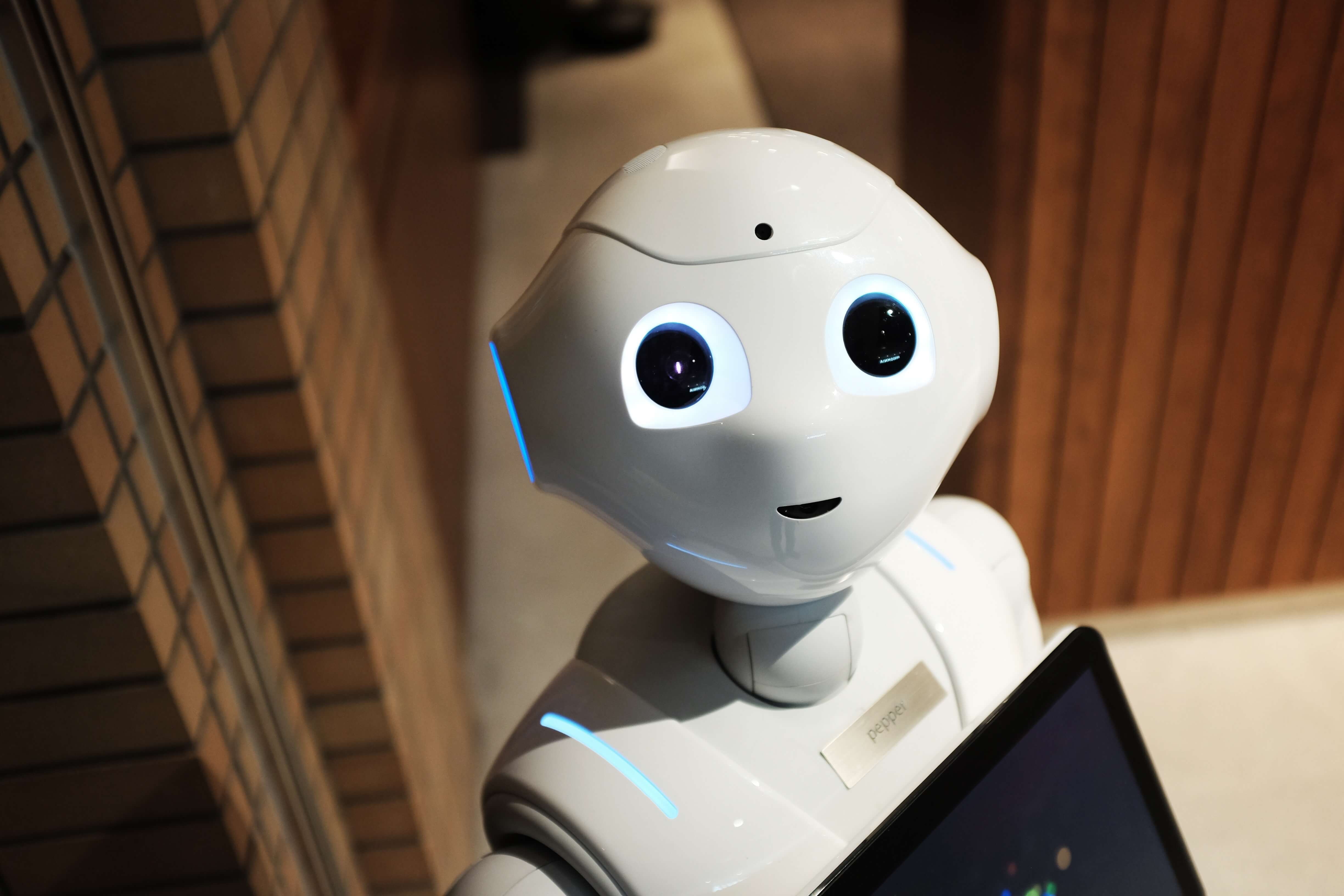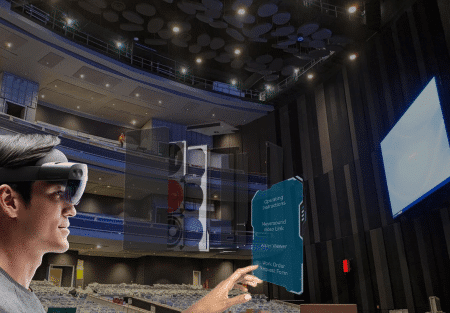
AI can be used for social good. It's not as difficult as you might think. It could be used to improve the education and training of individuals and students, as well as reduce blight. The possibilities are endless. Let's explore some of the possibilities. Let's first define "social good."
Coherence
While we have to concede that coherence is often an issue in social science, the question of whether AI can do any good for society should not be ignored. As Rohin Shah has pointed out, advanced AI is largely goal-directed, so it will tend to choose options that are strictly better for society than other options. This is because algorithms have been designed to make the best decisions, which is a reasonable assumption.
As an example, we can think of the assistant-bot. The Assistant-Bot's general behavior policy is to give money away for nothing. The Assistant-Bot would rather receive money than give it away, so prefers to get the former. However, it would like to avoid the ongoing exchange of money for nothing. Its preferences can influence its behavior so it is crucial to alter them to improve coherence.

Transparency
AI transparency is a controversial topic in the AI-for-social good field. AI transparency is essential to the development quality AI tools. However complete transparency could hinder innovation. Companies might want to protect their competitive advantage and keep malicious actors away from their AI tools in order not to lose their business model. Companies may be interested in protecting their AI tools' trade secrets, such as Google's PageRank and Amazon's ML powered recommendation system.
The use of AI transparency can be helpful in directing human sincerity toward people. AI transparency can be used to help restaurant owners distinguish between real customers and AI assistants. Real people will also be given preferential treatment. This is crucial in a world already difficult enough. Let us be compassionate when using AI to promote social good. Artificial intelligence's future depends on our ability and willingness to show kindness towards people.
Falsifiability
The future of human-computer interactions with AI relies on a false model of what a human is, and that model is racialized. The notion of "human", however, is not dead. Artificial intelligence research, design and platforms are growing rapidly. If it is to make a difference in social justice and flourishing, it needs to become more deeply integrated with the arts and humanities.
When it comes to AI4SG, there are two major challenges. The first is human values influencing AI software. When good AI fails to identify tumours accurately, it may be subject to criticism. IBM's cancer-support software failed to recognize cancer tumours, and a case study was an example of this problem.

Trustworthiness
While the potential benefits of AI for social benefit are still in their early stages, there have been several studies that suggest it could have important positive effects. ElementAI and Amnesty International have recently shown that AI can be used online to assess women's sexual abuse. Makerere University also developed a system to monitor the viral cassava infection. In collaboration with Microsoft Research, they created an electronic market for Ugandan agriculture.
But what makes an AI trustworthy? It should be as reliable and robust as other systems and processes. It should be available when it is supposed to be and produce consistent outputs - even under the most unlikely circumstances. It must be robust and scale well, even as its impact increases. It must fail in predictable manners, so humans can inspect its performance. There are several factors that increase trustworthiness in AI for social purposes.
FAQ
What is the state of the AI industry?
The AI industry is expanding at an incredible rate. By 2020, there will be more than 50 billion connected devices to the internet. This will allow us all to access AI technology on our laptops, tablets, phones, and smartphones.
This means that businesses must adapt to the changing market in order stay competitive. Businesses that fail to adapt will lose customers to those who do.
It is up to you to decide what type of business model you would use in order take advantage of these potential opportunities. What if people uploaded their data to a platform and were able to connect with other users? Maybe you offer voice or image recognition services?
Whatever you choose to do, be sure to think about how you can position yourself against your competition. Although you might not always win, if you are smart and continue to innovate, you could win big!
What does AI mean today?
Artificial intelligence (AI), which is also known as natural language processing, artificial agents, neural networks, expert system, etc., is an umbrella term. It is also known as smart devices.
Alan Turing, in 1950, wrote the first computer programming programs. He was interested in whether computers could think. In his paper, Computing Machinery and Intelligence, he suggested a test for artificial Intelligence. The test asks whether a computer program is capable of having a conversation between a human and a computer.
John McCarthy, who introduced artificial intelligence in 1956, coined the term "artificial Intelligence" in his article "Artificial Intelligence".
Many types of AI-based technologies are available today. Some are simple and straightforward, while others require more effort. They range from voice recognition software to self-driving cars.
There are two major categories of AI: rule based and statistical. Rule-based AI uses logic to make decisions. For example, a bank account balance would be calculated using rules like If there is $10 or more, withdraw $5; otherwise, deposit $1. Statistical uses statistics to make decisions. For instance, a weather forecast might look at historical data to predict what will happen next.
How will governments regulate AI?
The government is already trying to regulate AI but it needs to be done better. They must ensure that individuals have control over how their data is used. A company shouldn't misuse this power to use AI for unethical reasons.
They need to make sure that we don't create an unfair playing field for different types of business. A small business owner might want to use AI in order to manage their business. However, they should not have to restrict other large businesses.
AI is useful for what?
Artificial intelligence (computer science) is the study of artificial behavior. It can be used in practical applications such a robotics, natural languages processing, game-playing, and other areas of computer science.
AI can also be called machine learning. This refers to the study of machines learning without having to program them.
AI is often used for the following reasons:
-
To make your life easier.
-
To accomplish things more effectively than we could ever do them ourselves.
Self-driving vehicles are a great example. AI can do the driving for you. We no longer need to hire someone to drive us around.
What is the most recent AI invention?
Deep Learning is the latest AI invention. Deep learning is an artificial Intelligence technique that makes use of neural networks (a form of machine learning) in order to perform tasks such speech recognition, image recognition, and natural language process. Google developed it in 2012.
Google's most recent use of deep learning was to create a program that could write its own code. This was done with "Google Brain", a neural system that was trained using massive amounts of data taken from YouTube videos.
This enabled the system to create programs for itself.
IBM announced in 2015 they had created a computer program that could create music. Neural networks are also used in music creation. These are known as "neural networks for music" or NN-FM.
AI: Is it good or evil?
Both positive and negative aspects of AI can be seen. AI allows us do more things in a shorter time than ever before. Programming programs that can perform word processing and spreadsheets is now much easier than ever. Instead, our computers can do these tasks for us.
Some people worry that AI will eventually replace humans. Many believe that robots will eventually become smarter than their creators. This may lead to them taking over certain jobs.
How does AI work
It is important to have a basic understanding of computing principles before you can understand how AI works.
Computers store information on memory. Computers use code to process information. The code tells the computer what it should do next.
An algorithm is an instruction set that tells the computer what to do in order to complete a task. These algorithms are usually written as code.
An algorithm can also be referred to as a recipe. A recipe might contain ingredients and steps. Each step can be considered a separate instruction. One instruction may say "Add water to the pot", while another might say "Heat the pot until it boils."
Statistics
- While all of it is still what seems like a far way off, the future of this technology presents a Catch-22, able to solve the world's problems and likely to power all the A.I. systems on earth, but also incredibly dangerous in the wrong hands. (forbes.com)
- In the first half of 2017, the company discovered and banned 300,000 terrorist-linked accounts, 95 percent of which were found by non-human, artificially intelligent machines. (builtin.com)
- By using BrainBox AI, commercial buildings can reduce total energy costs by 25% and improves occupant comfort by 60%. (analyticsinsight.net)
- More than 70 percent of users claim they book trips on their phones, review travel tips, and research local landmarks and restaurants. (builtin.com)
- The company's AI team trained an image recognition model to 85 percent accuracy using billions of public Instagram photos tagged with hashtags. (builtin.com)
External Links
How To
How do I start using AI?
One way to use artificial intelligence is by creating an algorithm that learns from its mistakes. This learning can be used to improve future decisions.
To illustrate, the system could suggest words to complete sentences when you send a message. It could learn from previous messages and suggest phrases similar to yours for you.
The system would need to be trained first to ensure it understands what you mean when it asks you to write.
To answer your questions, you can even create a chatbot. You might ask "What time does my flight depart?" The bot will respond, "The next one departs at 8 AM."
If you want to know how to get started with machine learning, take a look at our guide.